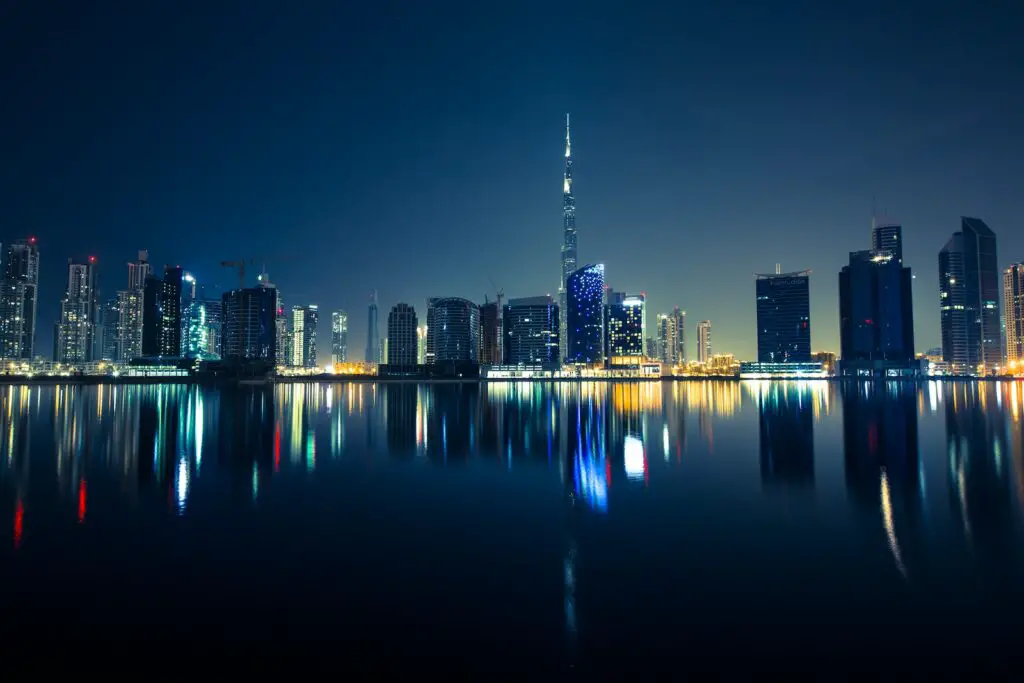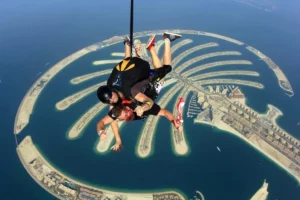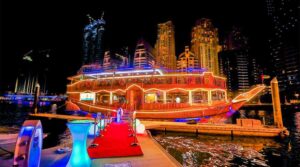In every state, there is an absolute requirement for a functioning sewage system. The city of Dubai is known for its vibrant entertainment, fantastic shopping, and abundance of dazzling lights.
Additionally, it is well-known for its high-rise structures and the construction sites that surround them.
If you’re searching for something that’s a little out of the ordinary, you’ll find it in Dubai! But have you ever considered whether or not Dubai has a sewer system? Dubai does have a sewage infrastructure.
It is a modern sewage system that is intended to manage the high population density and massive volumes of water used the in Dubai metropolis.
This sewage system is extremely effective and developed to manage the high amounts of discharge that are produced by generators and desalination facilities.
Dubai Has No Sewage System: Rumor or Truth?
Because the city of Dubai in the United Arab Emirates was built before a sewer system was installed, garbage trucks must be carried in to remove refuse from residents.
Once, it was true that Dubai didn’t have a sewer system and that raw sewage had to be carried to treatment plants.
Later that problem was fixed back in 2013. The garbage scandal in Dubai began in 2009. Early that year, a YouTube video that showed a long line of trucks taking human waste out of Dubai to a plant went global.
Then, ABC News said that E. coli breakouts were happening in Dubai, even though it was “filthy rich,” because much of the city wasn’t connected to a sewer system.
Raw sewage was being dumped into city drains instead of being hauled to treatment plants.
As Dubai’s population has grown and its skyline has developed on a huge scale, some basic needs of the city seem to be ignored.
A 2011 story from Gulf Today says that within a few years, the city’s sewer system had caught up with the fast pace of city growth.
About Dubai’s Sewer Systems
The two main places Dubai Municipality takes care of cleaning are Al Awir and Jebel Ali. There are also a few smaller water treatment plants that are run by private companies.
Dubai had a 1,200 km waste pipeline network in 2007. In 2011, an extra 80 km was added to connect Dubai Industrial City.
Al Awir Plant
The sewage plant in Al Aweer is one of the most important places in Dubai for treating wastewater. In the last few years, it has grown in a big way.
The first part of the plant was meant to handle 260,000 m3 of waste per day, but by December 2007, it was handling nearly 500,000 m3 per day.
When the plant’s second part went into operation, it was able to handle an extra 65,000 m3. The third part of the plant will add 80,000 m3 to its capacity.
Some of the newer parts of Dubai, like Sheikh Zayed Road, Business Bay, Dubai Marina, and Aweer, are now linked to the main sewage system of the city.
The Dubai Municipality says that several new projects, like the huge wastewater treatment plant at Jebel Ali, which is expected to cost AED 1.55 billion, have made sure that all parts of the city can get sewage services.
Jebel Ali Plant
By easing pressure on the Al Awir waste plant, the Jebel Ali waste Treatment Plant was completed in 2010. The project, which can treat 300,000 m3 of effluent every day and costs over 1,500,000,000 AED to complete, covers 670 hectares.
It was named “Water Reuse Project of the Year” at the 2011 MEED Quality Awards. By 2025, workers hope to have completed a new drainage system that will cost several billion dollars.
Game-Changing Dhs30 Billion Sewerage System
Dubai wants to build a brand-new sewer system with deep tunnels which should be done by 2025. It might not be the most exciting change, but it will have a big effect on how the city works. It will also mean that there will be fewer “sweet water” cars on the roads, which should help with traffic.
The government news agency has called the Dhs30 billion project the “development of the century” because it is expected to save millions of dirhams in upkeep costs and help Dubai reach its goal of becoming the most sustainable city in the world.
For the system to work, two tubes will be built deep below the city, along with 140 km of sewers and key pumping units. One will start in Bur Dubai and take waste to the Jebel Ali treatment plant. The other will start in Deira and take sewage to the Al Warsan treatment plant.
The Significance of Dubai’s Sewerage Infrastructure
In the early 1990s, Dubai made a strategic decision to establish itself as a leading international tourist destination that generated impressive returns over time. Dubai offers unmatched accommodations, and magnificent architectures along with a sewage network.
The only hotel in the world with a seven-star classification is the magnificent Burj Al Arab, which dominates the littoral of Jumeira beach. The Emirates Towers is one of the numerous structures that serve as a constant reminder of the commercial optimism in a city that is expanding at an astounding rate.
Due to Dubai’s rapid expansion, numerous rumours circulated about its sewage systems. Therefore, Dubai’s leaders believed that this would diminish Dubai’s dignity. To surmount this obstacle, they installed the greatest sewage treatment plants.
They can now relax as there is no longer any means to spread falsehoods on sewage. As a result of the leaders’ respect for the honour of their country, this nation was able to overcome the drainage problem.
Conclusion
Dubai is a city that is growing very quickly, so it’s good to know that its waste system will be able to keep up with demand over the next 100 years. The system will be like those in Singapore and other big cities around the world.
The government has said that there won’t be too much trouble, but there will be some building and roadwork as the system is put in place. The tube system will also replace more than 121 sewage pumping stations, so tankers won’t have to move trash around the city anymore.









